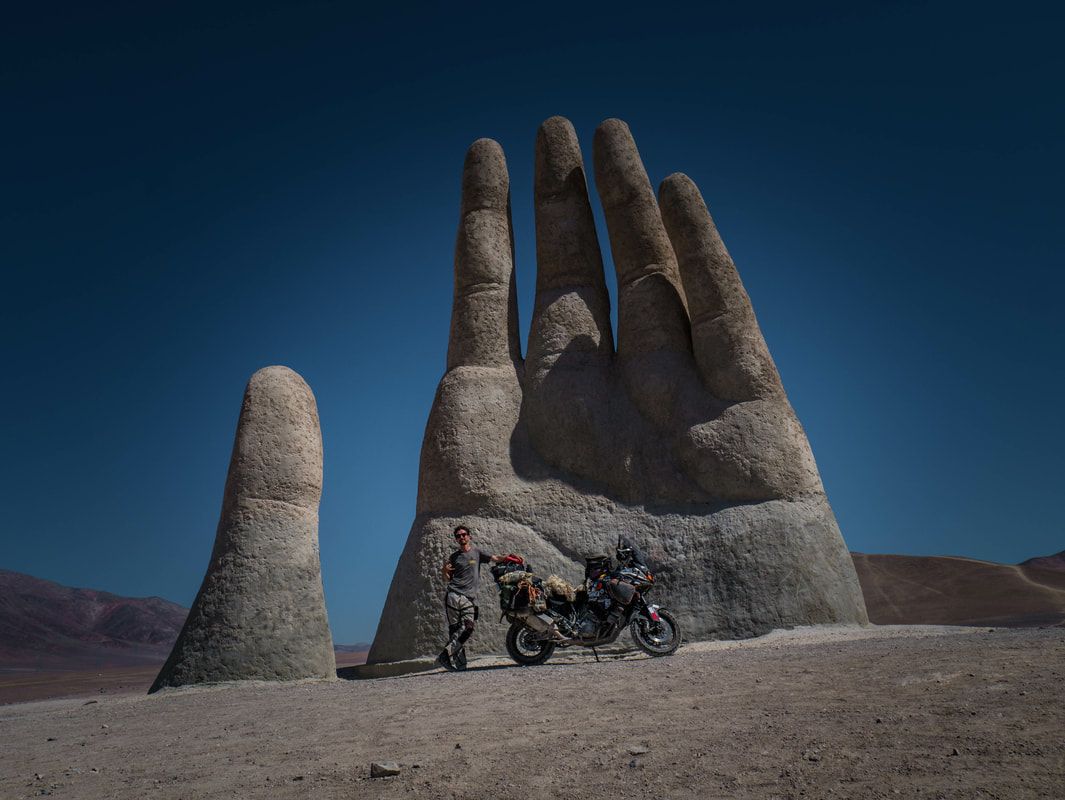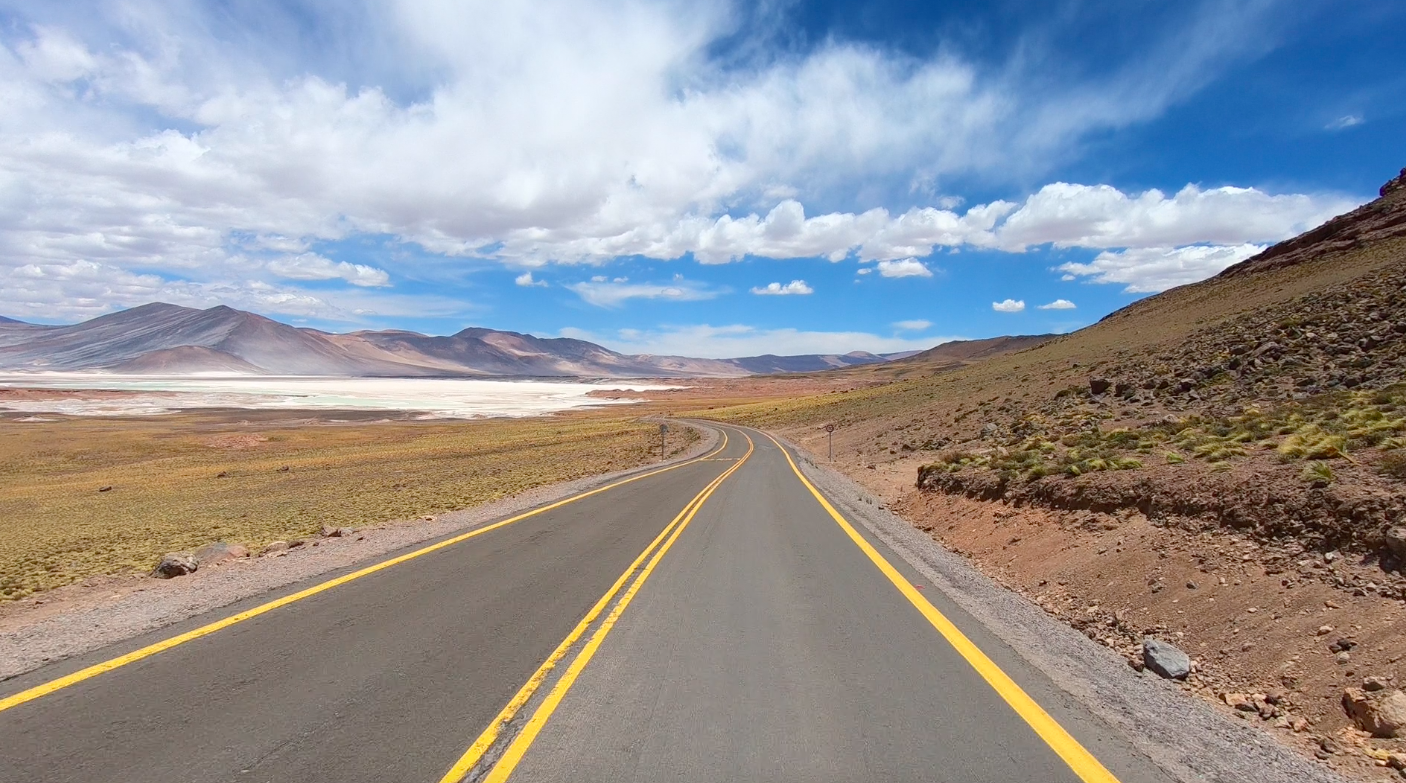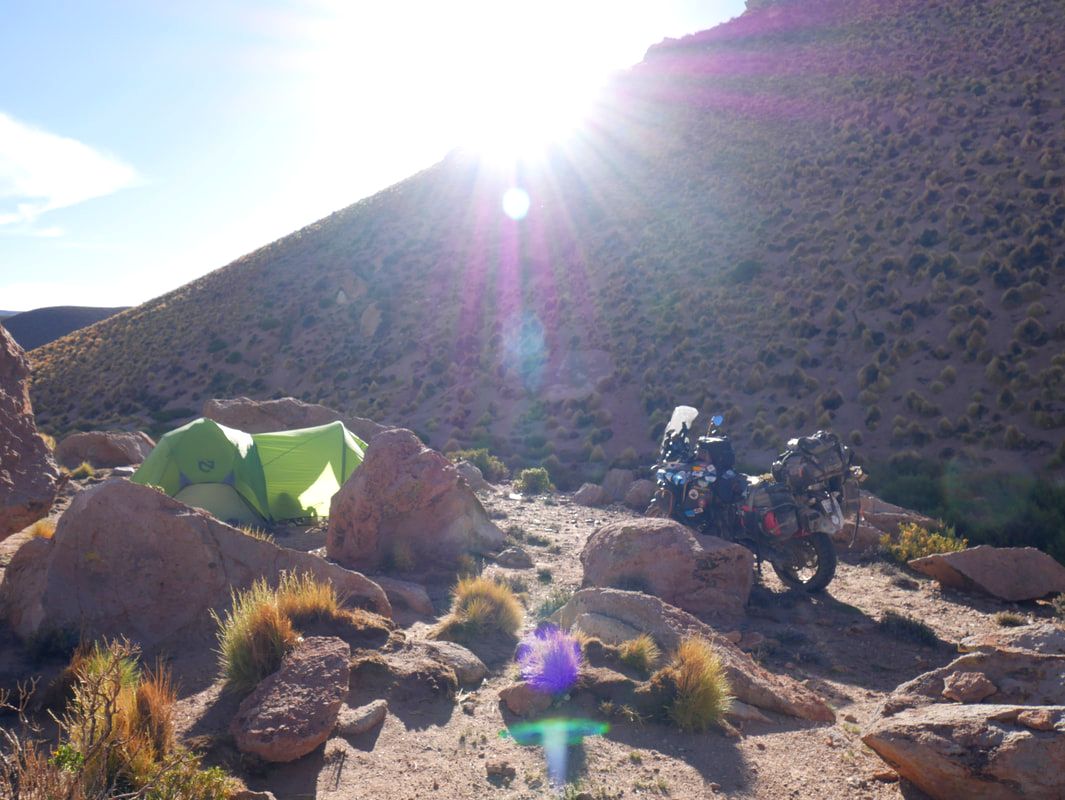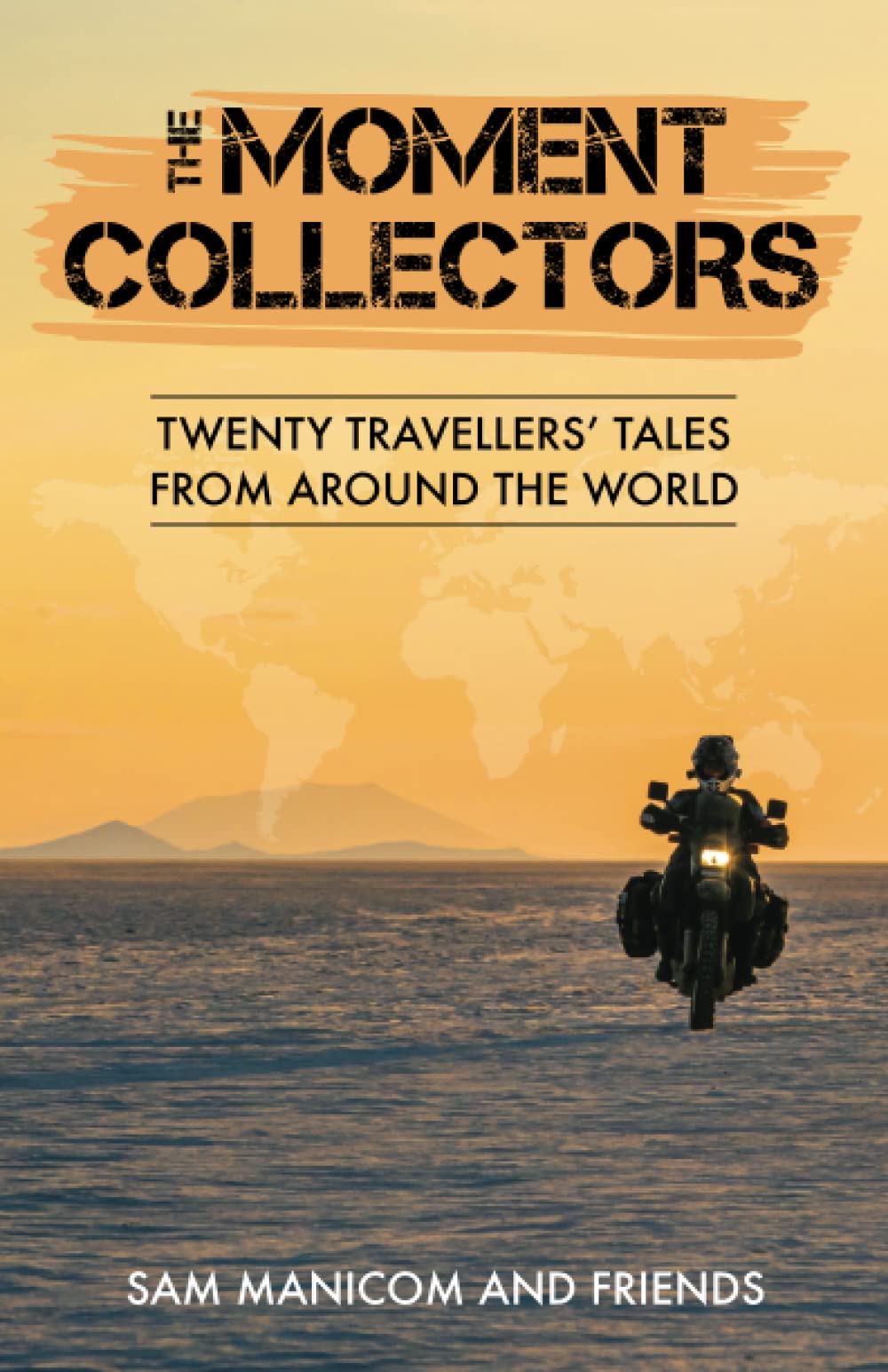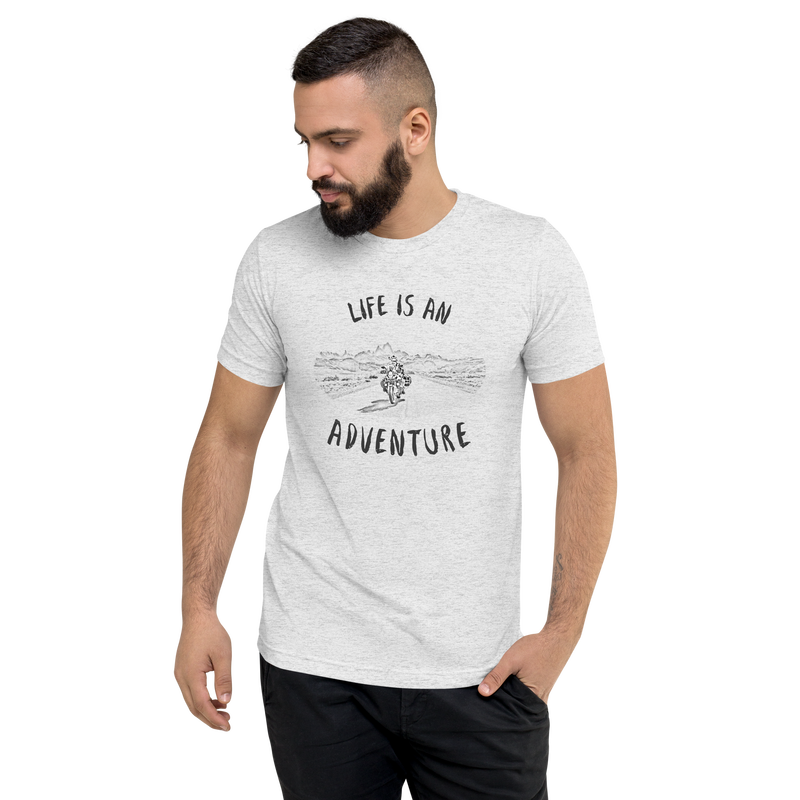By MarisaAfter four months of roughing it in Peru and Bolivia, Tim and I arrived at the Chilean customs office dirty, tired, beaten down by the cold wind, and on our last drop of gas and food. But once crossing into Chile, we coasted down 6,000 feet in elevation on perfect pavement (no need for gas!), and we could feel the sun warming our Bolivian-chilled bones as we entered Chile's Atacama desert. In less than an hour, we found ourselves awe-struck in the town of San Pedro de Atacama, as foreigners walked around in shorts and sun dresses, and the place was as modern and expensive as anything we'd seen since the States. Nearby Calama was just like home (though not in the best way) with its own Walmart, fast food chains, and strip malls. There were pharmacies with cash registers, and gas stations that took credit cards and even had handicapped parking spots labeled on the asphalt. Of course, all this luxury came at a high price, as the cheapest room we could find in San Pedro was $30 a night (the same as paying for camping), instead of the normal $10. We were in culture shock plus sticker shock. We stayed in ultra-expensive San Pedro de Atacama far too long, but were waiting for our friends, the Adventure Haks, to get parts for their motorcycle which needed new front wheel bearings. We also decided to do some repairs and an oil change on our bike, since after riding through the corrosive salt flats of Bolivia, we wanted to be sure that everything was in tip-top shape before continuing on. After a little more than a week, we were ready to leave San Pedro and explore more of what the region had to offer. And because we'd been told that northern Argentina's landscape was like Utah and Arizona, filled with canyons and bluffs, we knew we couldn't pass that up. Unfortunately, this meant that we were going to part ways with the Haks, as they were headed south instead of staying in the north. Though northern Argentina was our destination, our first stop was in the opposite direction in Chile: La Mano del Desierto (the Hand of the Desert). This iconic piece of outdoor art is something that many motorcycle travelers in South America try to see, and I have to say, it was larger than I'd expected, and it makes you feel insignificant, as if you're in the land of the giants. We camped just down the hill from the Hand, and that night we woke up to take some starry pictures, and for the first time saw the Southern Cross. At this latitude and time of year, you have to wait until late into the night to see this incredibly-bright southern hemisphere constellation, and since we are very much interested in the cosmos, it was a thrill for us to finally see it. The Southern Cross was a clear sign that we had come quite far from our home of Chicago. Back across the desert we went, first stopping by the beautiful coastal city of Antofagasta for lunch, and then through the barren wasteland of the desert that is northern Chile. It's called the Atacama, and is the highest and driest desert in the world, well, driest second only to Antartica, but I'm not sure that counts as a typical desert in my book. But the Atacama is a vast Martian expanse of rocks and not much else. After the Atacama, crossing into Argentina was next, and we had two borders to choose from: Route 27, the easier way, or Route 23, the out-of-the-way more scenic one. And of course we choose the road less taken, which turned out to have similar scenery to the incredibly-difficult Lagunas Route in Bolivia, but was paved and therefore much easier. Again we passed mineral-rich mountains surrounding salt flats and colorful lagoons. It was high-altitude cold desert that felt surreal and otherworldly, but it was gorgeous. As we crossed the border, we'd heard from some friends that there were free places to stay on the Argentinian side. So we asked the customs official about it, and sure enough, he told us to come on over to the bunkhouse. We had the whole building to ourselves: kitchen, hot showers, wifi, and tons of tiny beds without sheets to choose from (can't complain about free). I was liking Argentina already. The next day we passed through more incredible desert scenery to the wild-west town of San Antonio de los Cobres, a mud-brick village of rocky cliffs, horses, and train bridges, making me feel like I had gotten lost in a cowboy movie. And from there we took the famous Route 40 of Argentina north, bumping along its corrugated washboard, and swiveling through its sandy patches, until we found what I considered to be the perfect camp spot. There was a gushing stream of fresh water that made a green, grassy path through the otherwise dry landscape of giant red boulders and towering cliffs standing sentry on either side of the valley. Rose quartz crystals dotted the ground, and the sound of the warm water trickling over the smooth stones made the landscape idyllic. And what's more, the water was so warm, I swear it may have been heated by geothermal activity. Pictures just cannot do justice to the peaceful atmosphere of this place. The sun set red and gold over the hills as the full moon rose on the opposite side of the sky. And then just when I thought things couldn't get any more ideal, we woke up at 1:00 AM to take some night shots, and noticed that the moon was no longer full, but a crescent. And that's when we remembered that it must have been the night of the full lunar eclipse. If we hadn't have known this, or had lived hundreds of years ago, we probably would've been freaking out. The sliver of the moon became smaller and smaller, until finally the whole of it was covered in the earth's shadow, and turned a deep red color. For Tim and I, this was a dream come true and a fitting turn of events since we left to start our journey a year and a half ago on the day of the full solar eclipse in the States. And now this full lunar eclipse symbolized another great moment marked, as if the skies were whispering a welcome to us for reaching the other end of the globe and the other side of our trip in the Americas. We left our perfect campsite the next morning all smiles, and headed north on Route 40, crossing east on the sandy and scenic 74 where we saw a baby armadillo and giant wild ostrich-like birds called rheas. Finally, we hit the pavement of Route 9. After a brief stopover at La Quiaca, the border town with Bolivia, we jetting back down on the massive and pristine highway that is Route 9, all the way down to Jujuy, where we are now. The scenery along the road was absolutely stunning, as it changed from rolling fields of horses and llamas, to stark red and yellow striped canyons with giant saguaro cacti, and finally morphed into the lush Amazonian jungle area that we are in now. This happened all within a matter of a few hours, and since it was completely paved with gas stations along the way, I would recommend this road to anyone in any type of vehicle. And so our journey through northern Chile and Argentina has come to an end, and from here on out things are going to get colder and windier the more south we go. So we're trying to soak up the South American summer warmth while we can by staying next to a pool here at our campground. We'll keep you posted on our next set of adventures, and you can check out our latest updates and photos on facebook and instagram. Ride Along with us on YouTube! |
Follow UsRide with us from Chicago to Panama!
2Up and Overloaded Get inspired by the tale that started it all:
Maiden Voyage 20 author's tales of exploring the world!
The Moment Collectors Help us get 40 miles further down the road with a gallon of gas!
Become a Patron for early access to our YouTube Videos!
Subscribe to our YouTube Channel!
Subscribe to our Blog by Email
|
2Up and Overloaded
Join our clan of like-minded adventurers...
Proudly powered by Weebly
Designed by Marisa Notier




